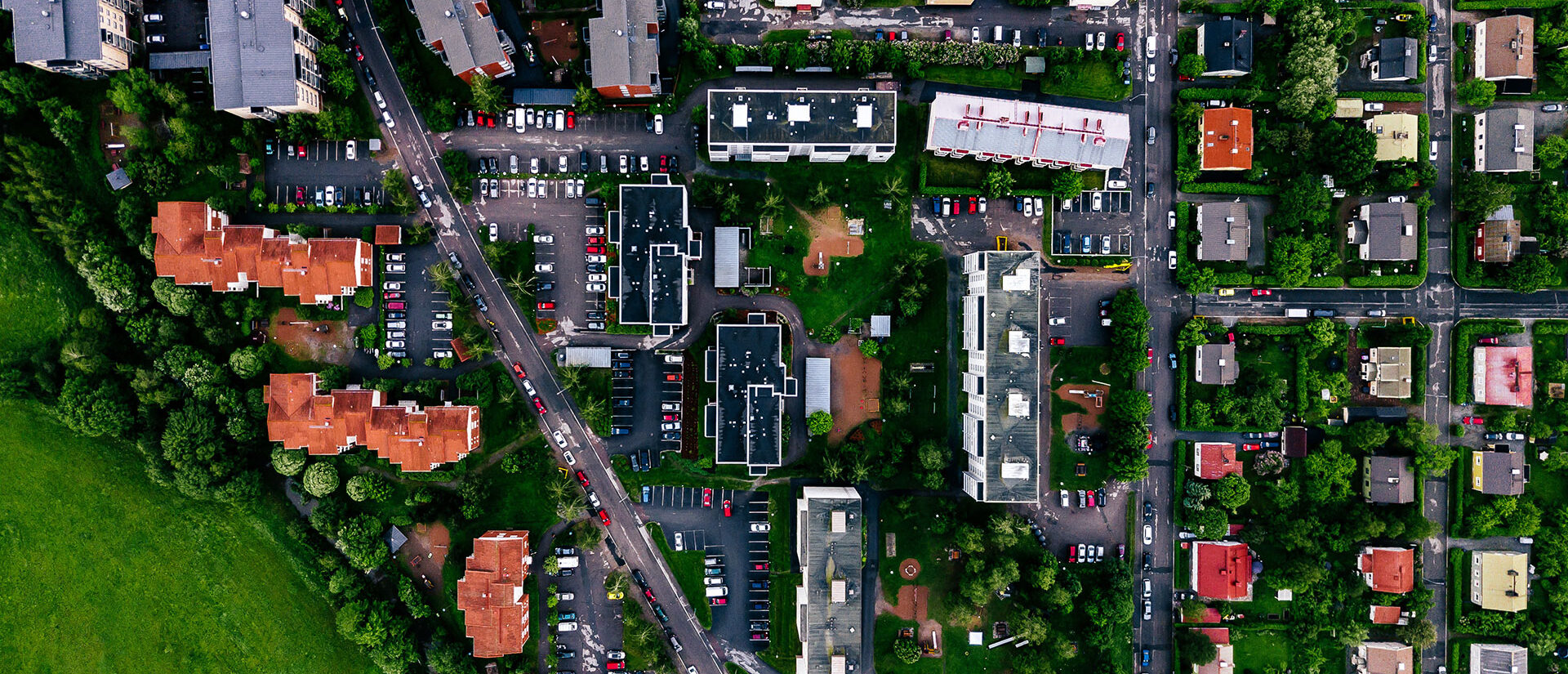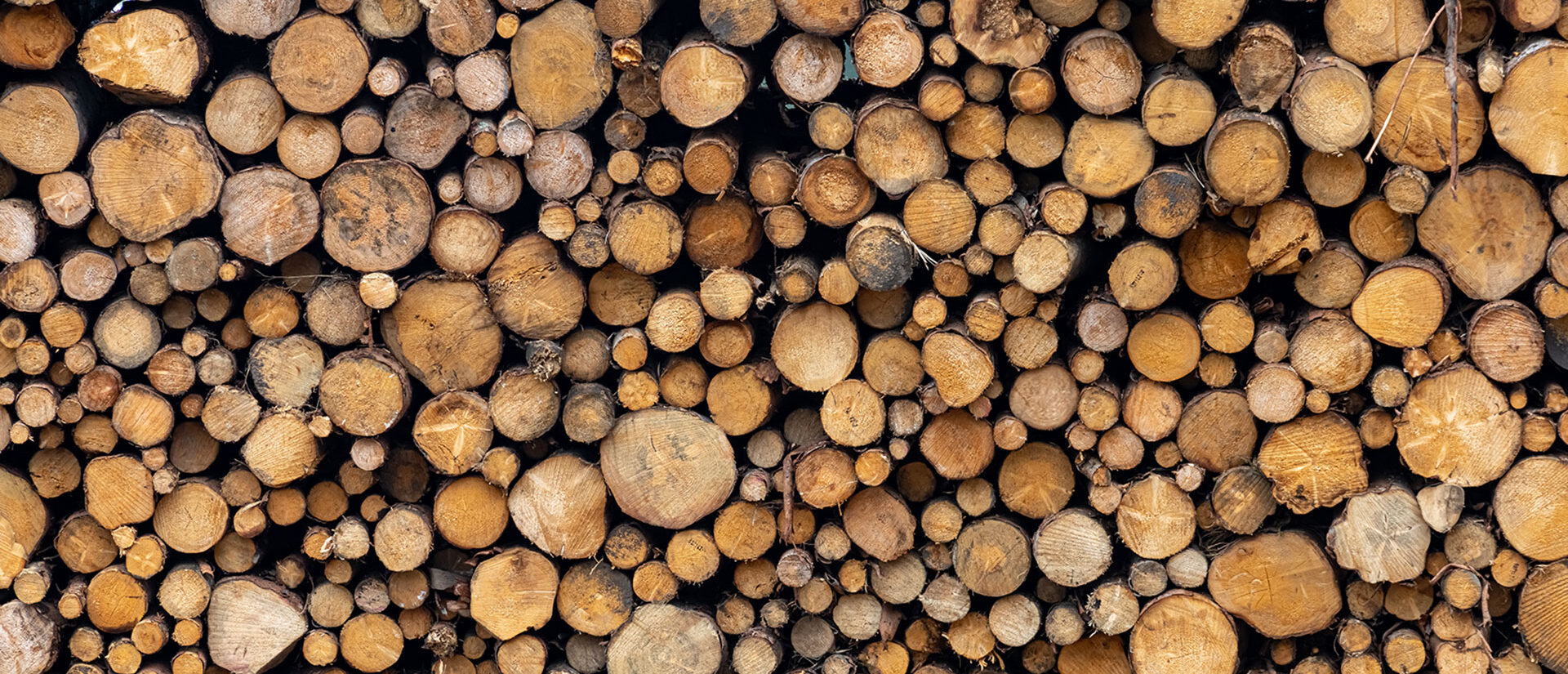- Metsäala
- PTT Raportteja
Tapio Tilli – Sten-Gunnar Skutin. 2004. Tapio Tilli – Sten-Gunnar Skutin 2004. ITÄMEREN ALUEEN RAAKAPUUMARKKINAT. Pellervon taloudellisen tutkimuslaitoksen raportteja n:o 188. 54 s. ISBN 952-5299-74-0, ISSN1456-3215
Tiivistelmä: Tutkimuksessa tarkasteltiin Itämeren alueen maiden metsävaroja, metsävarojen käytön intensiteettiä, metsänomistuksen rakennetta, puumarkkinoiden toimintaa, puun kulkuvirtoja ja metsäteollisuuden tuotantoa. Itämeren alueen merkittävimmät käyttämättömät puuvarat sijaitsevat Saksassa ja Luoteis-Venäjän alueella. Saksassa hakkuiden kasvua hidastaa metsien muiden kuin puuntuotannollisten arvojen korostuminen ja puun korkea hinta. Itämeren alueella puuntuotannon merkittävä kasvu onkin mahdollista lähinnä Luoteis-Venäjällä. Virossa ja Latviassa hakkuut voivat jopa tulevaisuudessa alentua hakkuiden ylittäessä tällä hetkellä puuston nettokasvun. Puumarkkinoiden rakenne eroaa Itämeren alueen maissa. Suomessa ja Ruotsissa metsien yksityisomistuksella on suuri merkitys. Sen sijaan Venäjällä, Puolassa ja Saksassa valtio ja muut yhteisöt omistavat suurimman osan metsistä. Baltian maissa metsänomistuksen rakenne kehittyy metsien palautus- ja yksityistämisprosessin seurauksena lähemmäs pohjoismaista rakennetta Puuston hakkuut ja metsäteollisuuden tuotanto ovat kasvaneet Itämeren alueella vuoden 1995 jälkeen. Suomessa ja Ruotsissa tuotannon kasvu on perustunut merkittävältä osin tuontipuuhun. Suomi on tuonut puuta lähinnä Venäjältä ja Ruotsi Venäjän lisäksi myös Baltian maista. Tulevaisuudessa metsäteollisuuden tuotannon kasvun painopiste tulee olemaan Baltian maissa ja Venäjällä, jolloin Suomen ja Ruotsin suhteellinen merkitys Itämeren metsäsektorilla alenee.
Avainsanat: Itämeri, puumarkkinat, puuvarat, metsäsektori, metsäteollisuus
Tapio Tilli – Sten-Gunnar Skutin. 2004. ROUNDWOOD MARKETS IN BALTIC SEA REGION. Pellervo Economic Research Institute Research Reports No. 188. 54 p. ISBN 952-5299-74-0, ISSN1456-3215.
Abstract: The aim of this study was to describe the forest resources of the Baltic Sea area, the utilisation of the forest resources, the forest ownership structure, roundwood markets and tradeflows and the forest industry. The most significant under utised forest resources in the Baltic Sea area are situated in Germany and in Northwest Russia. Possibilities to increase roundwood production in Germany are small because the forests have other important values in addition to roundwood production, and the price of wood is quite high. A considerable increase in roundwood production is possible mainly in Northwest Russia. However, in Estonia and Latvia roundwood production could even decline in the future because the roundwood production level exceeds the net annual increment of the forests. The structure of roundwood markets differs between the Baltic Sea countries. In Finland and Sweden a major share of forests belongs to non-industrial forest owners. In Russia, Poland and Germany the state and other communities are the main forest owner groups. The structure of forest ownership in the Baltic states has developed in the same direction as in Finland and Sweden because of the process of returning and privatising forests. Roundwood and forest industry production have increased in the Baltic Sea region since 1995. In Finland and Sweden the increase in forest industry production has mostly been based on imported wood. Finland has imported the wood mainly from Russia, and Sweden from Russia and the Baltic states. In the future the increase in forest industry production is likely to occur primarily in the Baltic states and Russia and the relative importance of Finland and Sweden as forest industry producers will thus decline somewhat.
Keywords: Baltic Sea, roundwood markets, forest resources, forest industry

